Green Roofs: Planting Schemes
Green roofs are not only attractive and vibrant eco-havens for plants and wildlife: they are are also superb insulators and heat regulators.In hot weather they help to cool the room below, while in winter they provide superb insulation and thermal mass, which by keeping heat in could lower your home’s energy bills considerably.
Their boost to energy performance means that green roofs can help you to meet the environmental targets of the Code for Sustainable Homes if you’re building a new home. Green roofs have an additional extra-important role to play when it rains as they act like a sponge to retain water, reducing the likelihood of flooding.
What’s more, these bio-diverse micro-environments for wild flowers, bees, birds and bugs can only take a few simple steps to install.
To all intents and purposes, a green roof is a carpet of vegetation that sits on a conventional flat or pitched roof. The carpet is made up of lightweight soil, planted with sedum, grasses, lichens and moss over layers of shale, gravel and crushed brick.
Intensive roof
This is the typical ‘roof garden’ that usually comprises a thick soil, where a wide variety of plants, lawn or even trees can be planted. These usually require regular maintenance and need an artificial irrigation system for the plants to thrive properly. Not surprisingly, they are heavy and more usually found on weight-bearing concrete roofs of commercial buildings.
Extensive roof
This is the sort of green roof more likely to appeal to self-builders. Primarily installed for visual appeal and to reduce the environmental impact of the building, it is based on a shallow layer of soil and requires very little maintenance. It doesn’t create a huge structural strain on your building and is generally planted with grasses, mosses and alpine species known as sedum.
Both flat and pitched roofs can be suitable sites for a green roof. Most residential buildings can support the weight of an extensive green roof with little or no structural alterations, or you could even add one to your garage, garden or bike shed. Simple lightweight systems weigh between 60-150 kg per m2 – but remember that this will increase when the plants and earth are saturated with rain or snow.
Speak to a design professional before starting to work out the weight that your roof can take. If your roof pitch is more than 20° you will also need to seek professional advice, to make sure that the green roof does not slip.
Nature watch
Alpine sedum plants – used on many green roofs as a base for the growth – are used to living in harsh elevated conditions and thrive all year round with little maintenance. To attract more wildlife, sprinkle in some wildflowers adapted for low-nutrient soils such as cowslip, rockrose, harebell, hawkweeds and thyme, associated with limestone and chalk environments. In no time, you will find your roof a home for moths, beetles and the many species of bumblebee.
If you’re a real wildlife lover, you could go one step further and create a ‘brown roof’, by incorporating crushed bricks and stones – perhaps left over from your build – which can help recreate natural habitats for birds, as well as insects. In fact, in urban areas, green roofs have been hailed as central to the reintroduction of birds, including the threatened black redstart.
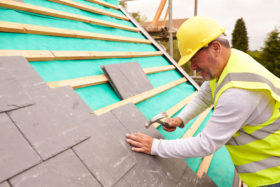
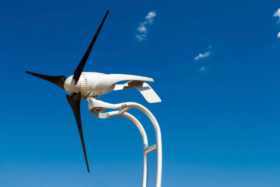
















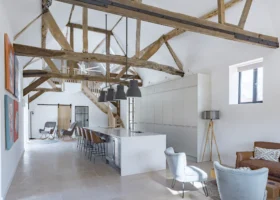

















































































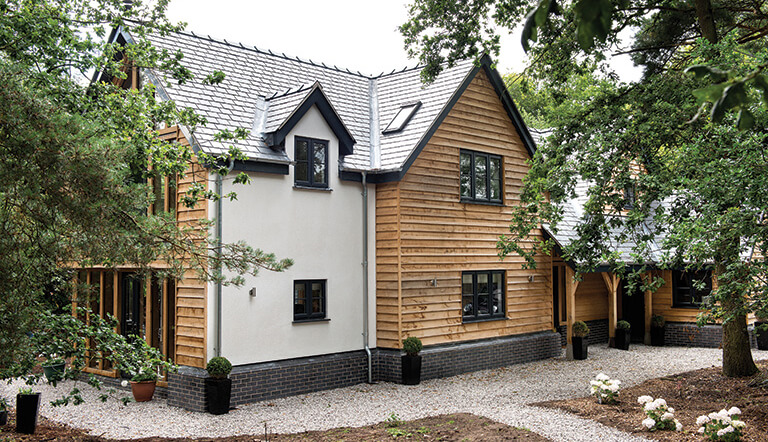
 Login/register to save Article for later
Login/register to save Article for later
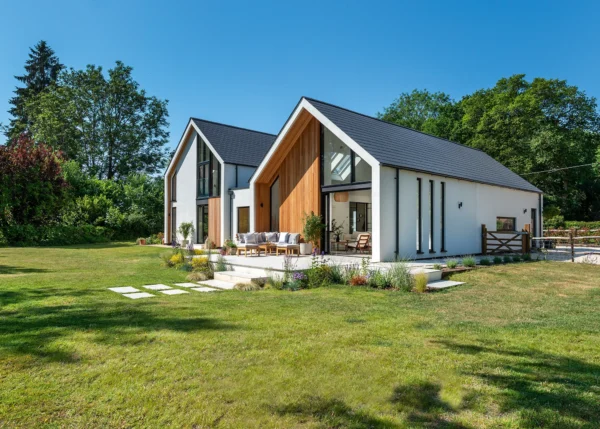
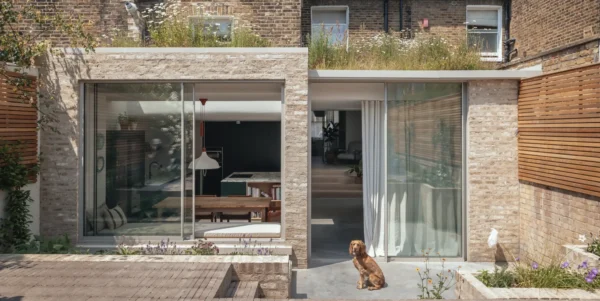

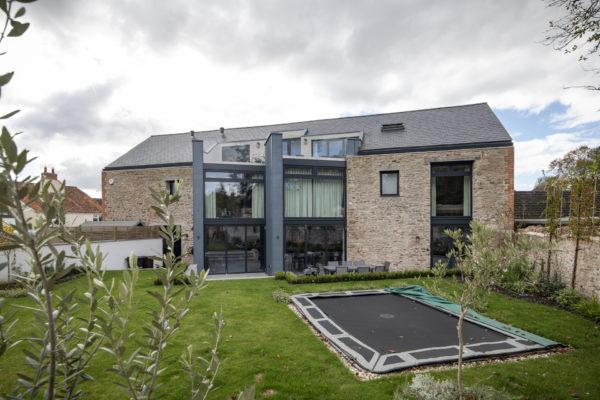
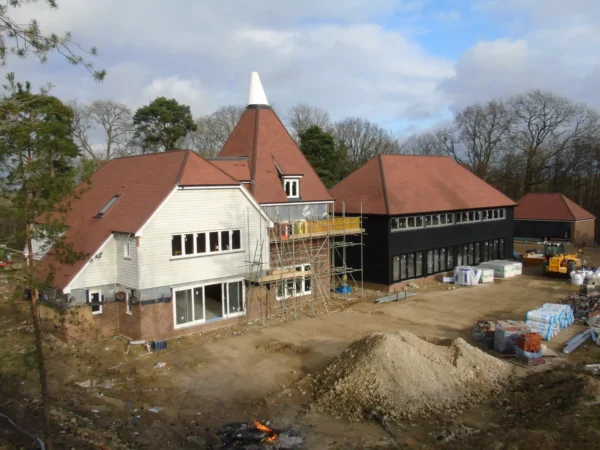
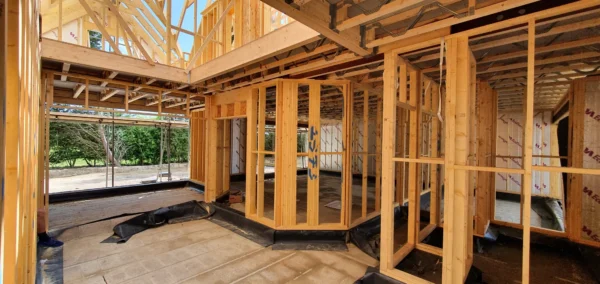
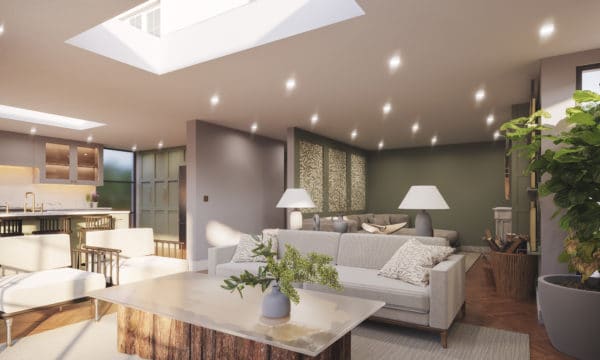




Comments are closed.